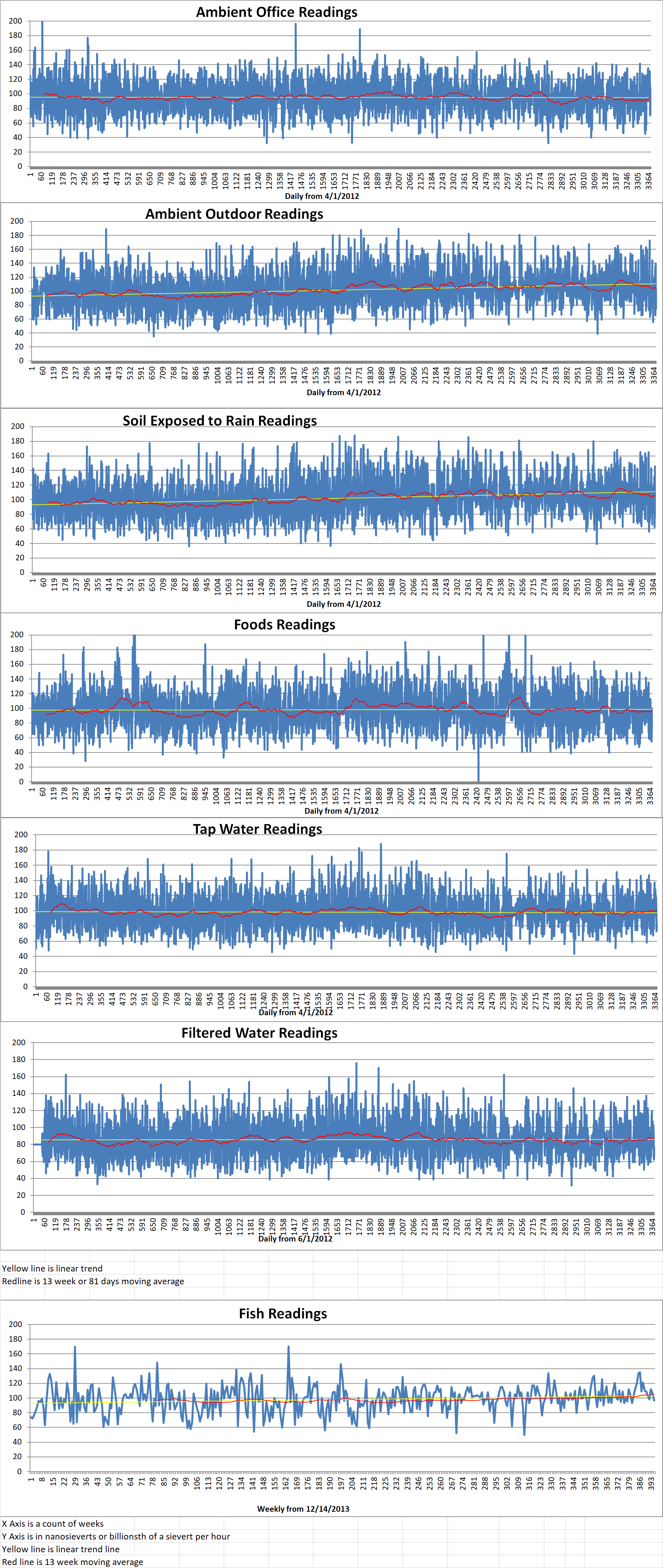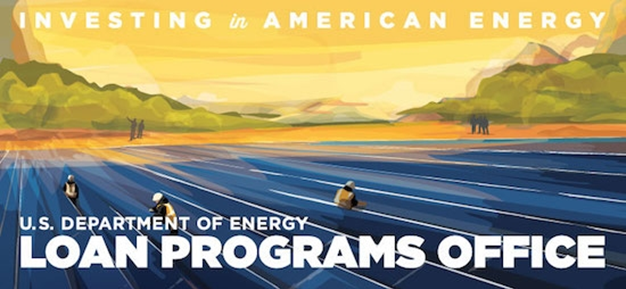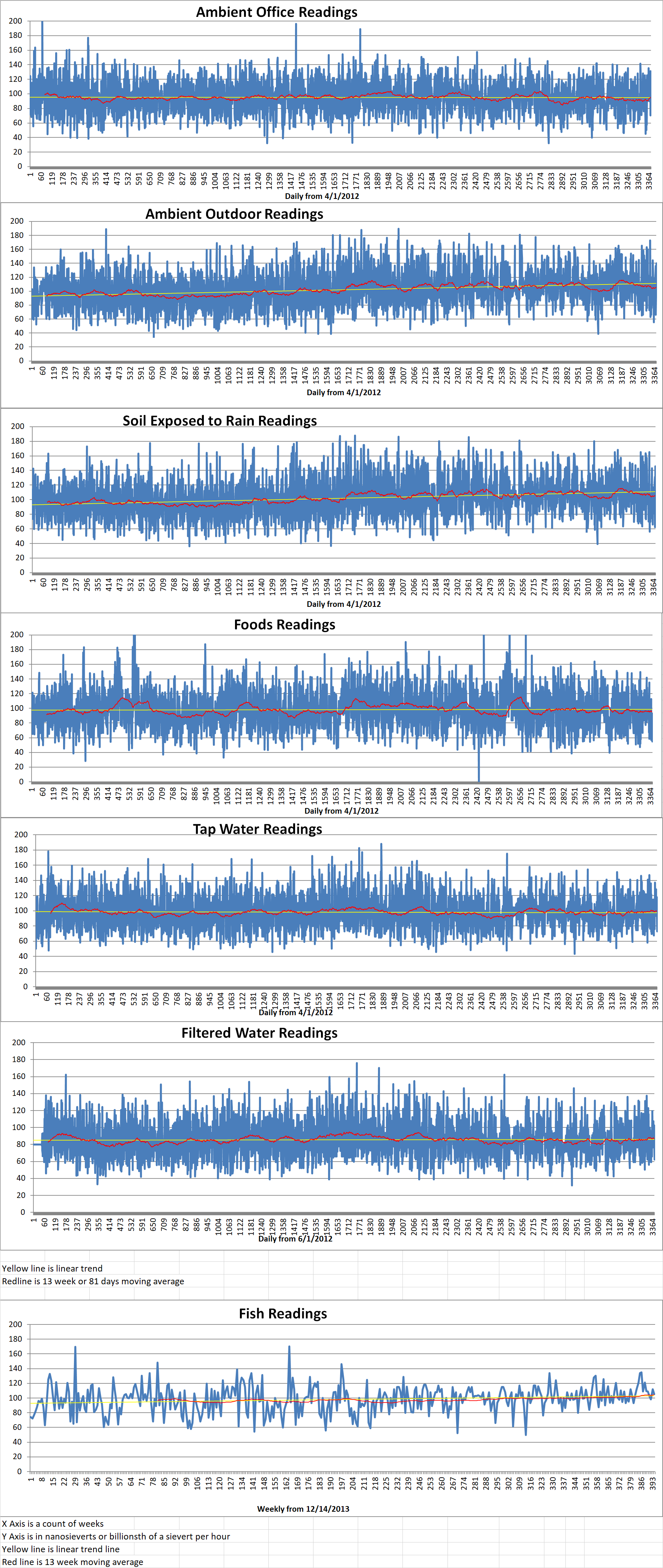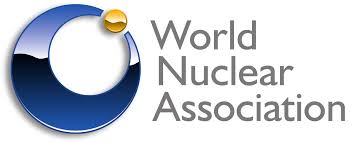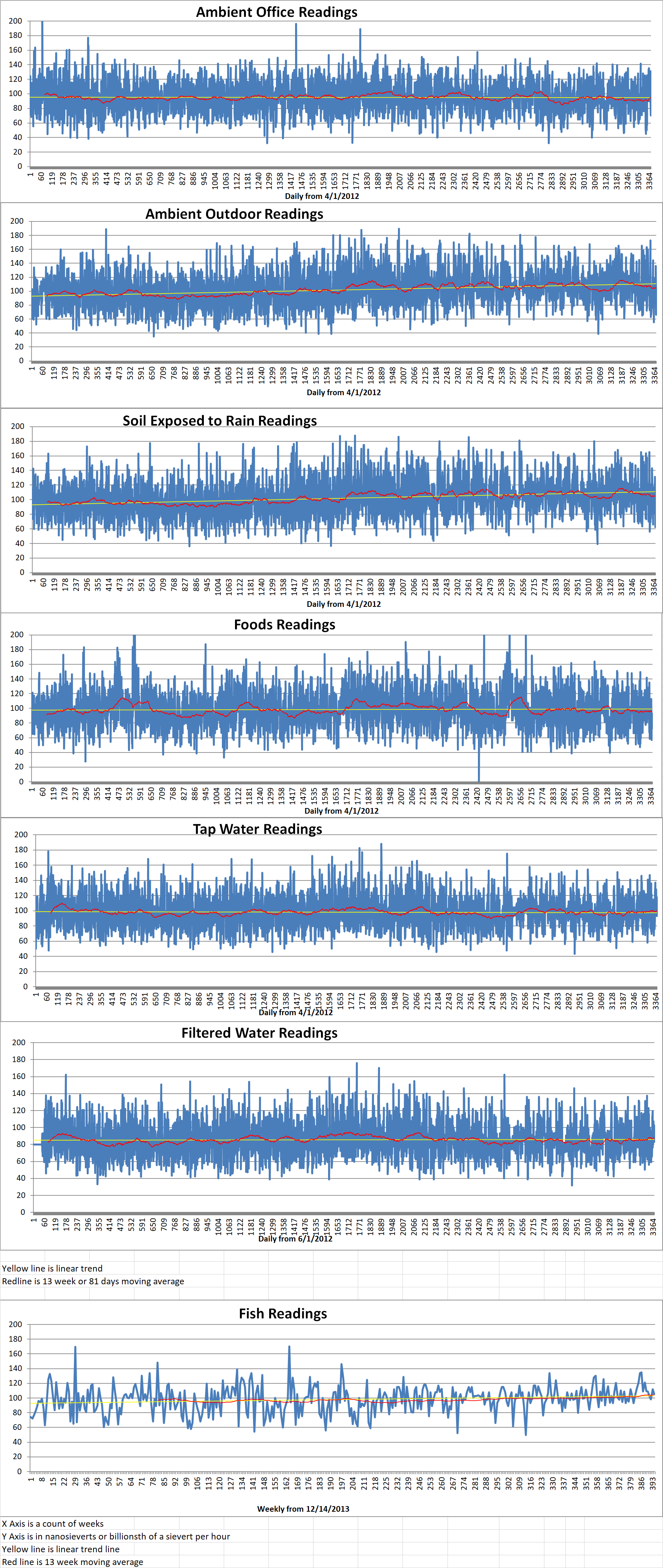Part 2 of 2 Parts (Please read Part 1 first)
Jigar Shah, director of the Loans Program Office (LPO) at the US Department of Energy, said yesterday during World Nuclear Association’s Annual Symposium. “In addition to new, technically-ready designs, we need to consider how government and private industry can work together on new approaches – both technically and from a business execution approach.”
About forty technology developers are “striving” to develop new innovative reactor design concepts. In October of 2020, the DoE’s Office of Nuclear Energy announced two awardees – TerraPower and X-energy. They will receive eighty million dollars each of initial cost-sharing funding to build an advanced reactor demonstration plant that can be operational in seven years. “These plants are of commercial scale and must be connected to the grid, providing commercially viable power to customers by 2027.”
Shah said, “But more needs to be done than just a technology-push approach. That’s where the Loans Program Office can come in to not only use the 10,000 scientists at the DOE and the national laboratories to validate the technology, but also to stand up the next generation of business models needed to deploy new nuclear. What we call that is ‘building a bridge to bankability’ for new nuclear.”
As a first step, innovative reactors technologies need to be identified that can be approved by the Nuclear Regulatory Commission (NRC) to operate safely and achieve the economic viability to be competitive with other clear energy sources. “We have several designs going through the NRC process now, four of which we believe will have full approval by 2027.”
A second step is to completely rethink the way nuclear power plants are constructed “so that we are building airplanes and not airports. Airplanes are very complicated, with a very detailed and long supply chain, but they can repeat their design consistently – that leads to lower costs, higher quality and a faster roll-out with the same learning curve benefit that we have seen in other clean energy technologies.”
Shah said that the public-private partnership needs to be kickstarted. This is the goal of the DoE Advanced Reactor Demonstration Program. The loan guarantees will be needed to provide the financing required to prepare the supply chain and make the first new deployments.
“Lastly, we have to recognize that we need a roll-out of one hundred billion dollars to be able to achieve the economic cost points that we hope for nuclear technology. This can’t be just a continuous first-of-a-kind deployment. That really won’t accomplish the mission. Our goal at LPO is to work with sectors on early commercial deployments, develop the right business models and a commercial operating history, then let the private sector come in with the real money to allow the technology to reach scale.”
Interest has already been shown by several countries around the world in deploying SMRs and microreactors. Shah said, “We really do believe that we can get USD100 billion of commercial interest, which is what will be required to reach the cost points that we all need them to reach to be able to be part of the 2050 solution.”

